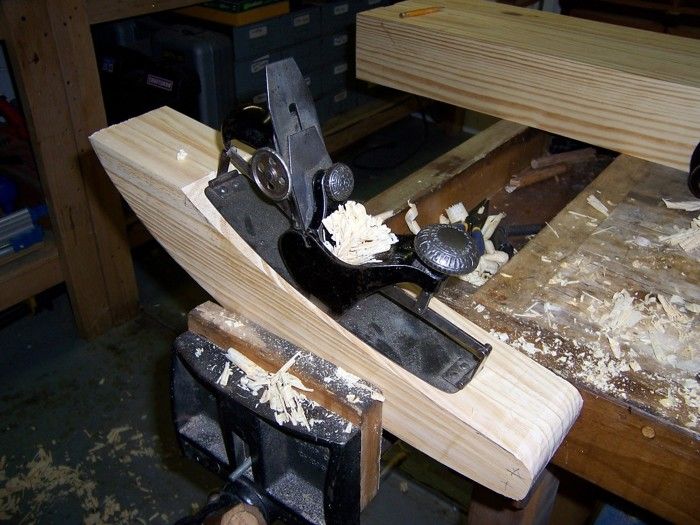
I used my Stanley #113 circular plane to shape the crochet as well as the sides of the deadman.
Well the bench is all done. I am really happy the way it has turned out. A few mistakes here and there but it’s just a workbench so in time it will be beaten to pieces anyway.
I finished up the base cutting through mortise and tenons through the front and back legs for the side stretchers. The front and back stretchers I cut slot dovetail joints so it won’t rack from front to back. No where on the bench (other than the top) did I use any glue. If and when I move out of my house, I need to be able to disassemble it and carry it out of my basement.
After the base was built I had to focus my attention back onto the legs. A couple of the legs split down the sides as they were drying in my basement. I cut some 3/4″ thick butterfly keys out of red oak and pounded them into place. I then took some polyurethane glue and poured into the cracks to help stabilize the material. Honestly, I don’t think the poly glue did anything other than make me feel better as I hear polyurethane glue doesn’t have any gap filling properties anyway.
On the bench leg that I installed my leg vise on, I needed to cut out and insert a southern yellow pine wedge. ACQ lumber is very corrosive to metal and because my leg vise hardware is made out of cast iron, I needed to insert a wedge so it wouldn’t corrode. I attached the wedge to the leg with wax coated screws designed for the ACQ lumber.
Once the bench was put together, I applied some deck stain to the base and then worked on the accessories like the crochet, the deadman, leg vise jaw and the drawer. On the curves of the crochet and deadman, I used my Stanley #113 circular plane. The plane’s bed can flex to a concave as well as a convex shape with the turning of a screw on top of the plane. I planed both sides of the crochet with ease however, you could also do this with an oscillating spindle sander if you don’t own one of these planes.
When I originally drew the bench, I didn’t incorporate a drawer. My old bench had a tool tray where I laid my bench dogs and hold fasts in. The tray worked fine but every time I planed or sawed something, the bench would rack and the tools in the tray would vibrate annoying me. It was only after I built the bench, that I realized that there was no way for this bench to rack, so I quickly built a drawer 12″ long x 3″ tall x 16″ deep. Even though in the picture the drawer looks like it’s in the way of the deadman, it can be pushed back so that the deadman can slide by.
I drilled 3/4″ holes down the front of the bench top for my bench dogs. In the back I drilled four 5/8″ holes to accommodate my hold fasts. I made they hold fasts while taking a blacksmith class from Don Weber in Paint Lick, KY in January. He showed me how to take an old car spring, heat it up, hammer it straight, then pound the pad and bend the curve to make a hold fast with incredible holding power. Spring steel hold fasts work far better than the cheap cast iron ones you find in woodworking stores because the steel has the ability to flex. The class was a lot of fun and Don is an honory gentleman filled with Welsh chair bodging and blacksmithing knowledge. Hopefully I’ll be able to go back to take his Tool Making for Woodworkers class in April.
After the bench was complete, I applied a coat of shellac to the top. It gave it some protection but also it raised the grain a little bit so that the top wouldn’t be so slick. Having a top with a little bit of grip is a good thing so tools won’t slide off.
Using the Emmert Pattermakers Vise
Some people say that owning a pattermaker vise for cabinet work is a little over kill as you will never really need all the versatility that the vise offers. I say, “it’s better to have it and not need it, than need it and not have it”. Actually I have found one major advantage of using the vise.
Often the biggest disadvantage of building a bench that is designed low enough for planing is that when it comes to cutting joinery, the work piece is too low making it uncomfortable. Some woodworkers build a smaller bench that sits on top of the bench or simply switch over to a taller work bench when cutting joinery. Because the Emmert vise face can turn 360 degrees, I swing the jaws up making the the top of the jaws 38″ from the floor. Now it’s a lot easier on my back cutting dovetails.
I’m sure there is a lot more useful things I can do with this vise but I’ll need some more time to experiment to find out what they are. I plan on making chairs some day and the jaws ability to angle 10 degrees will come in handy when I’m working with tapered legs.
To see the other parts click: part 4, part 3, part 2, part 1.

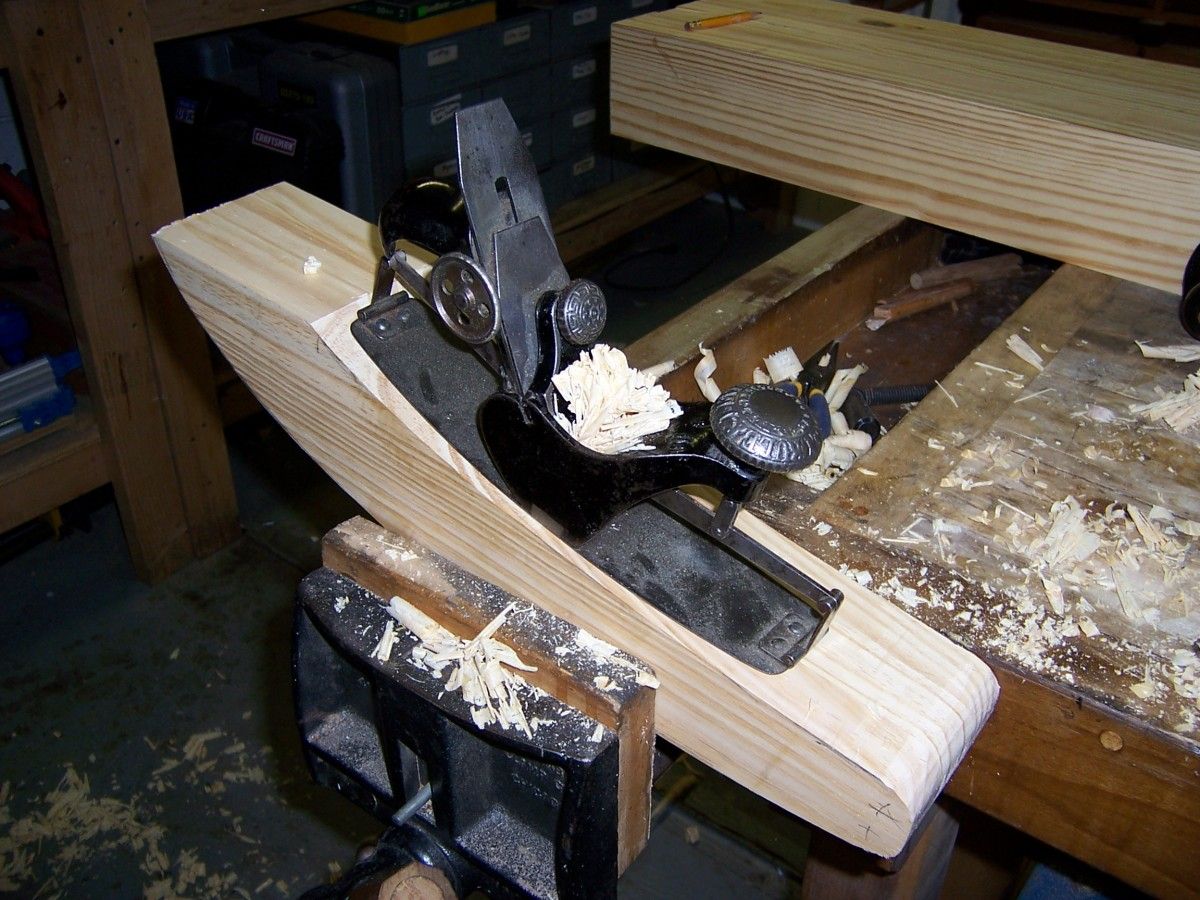
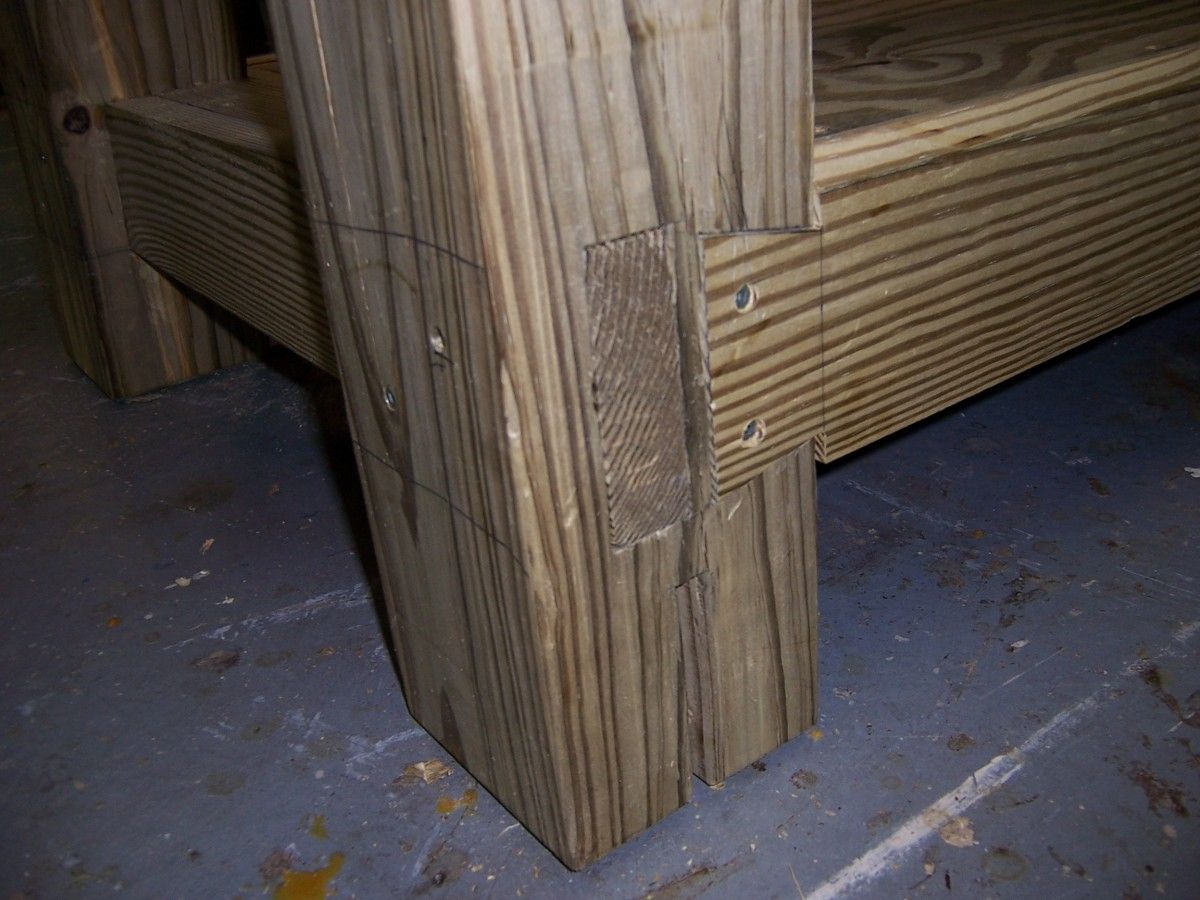
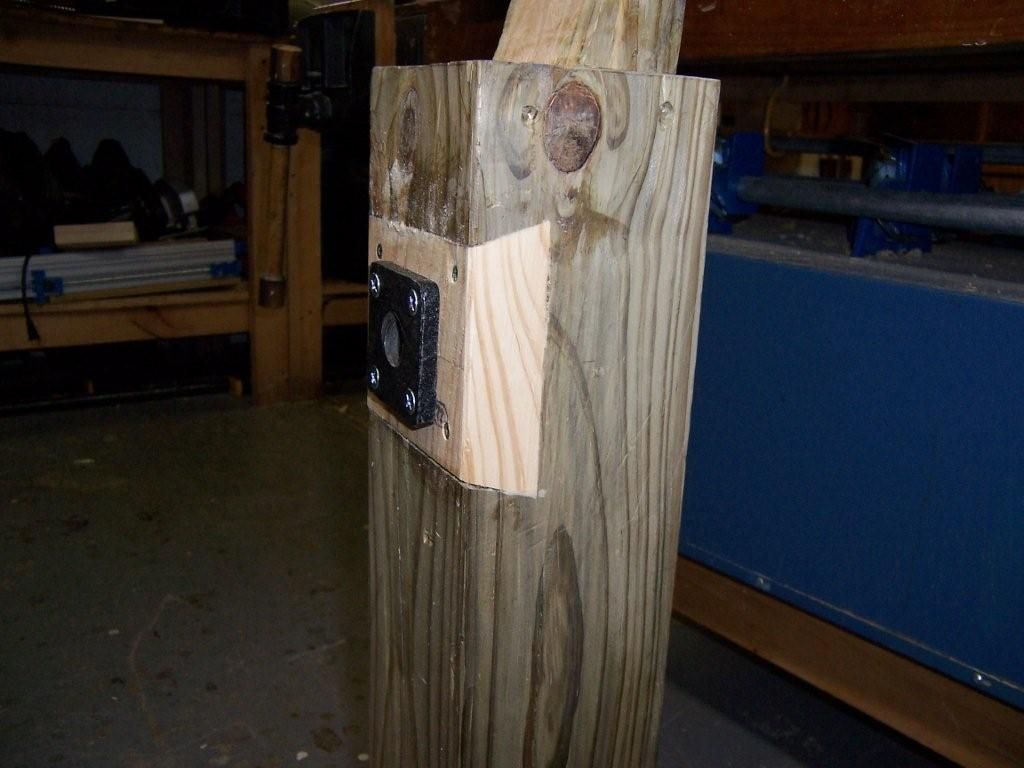


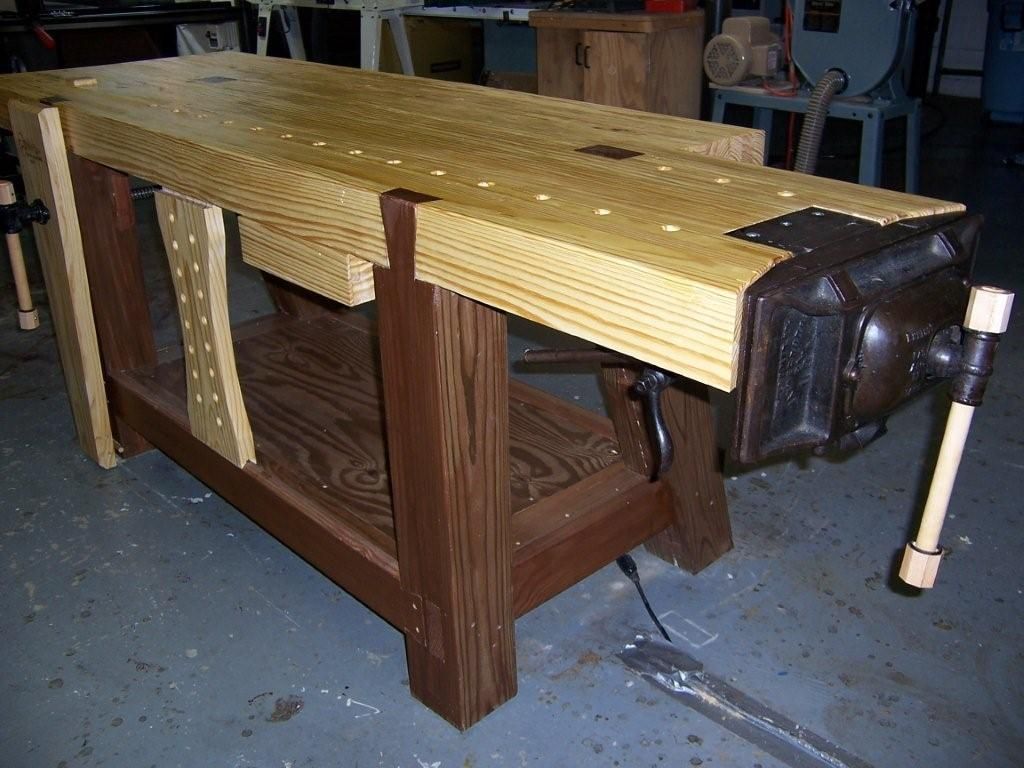
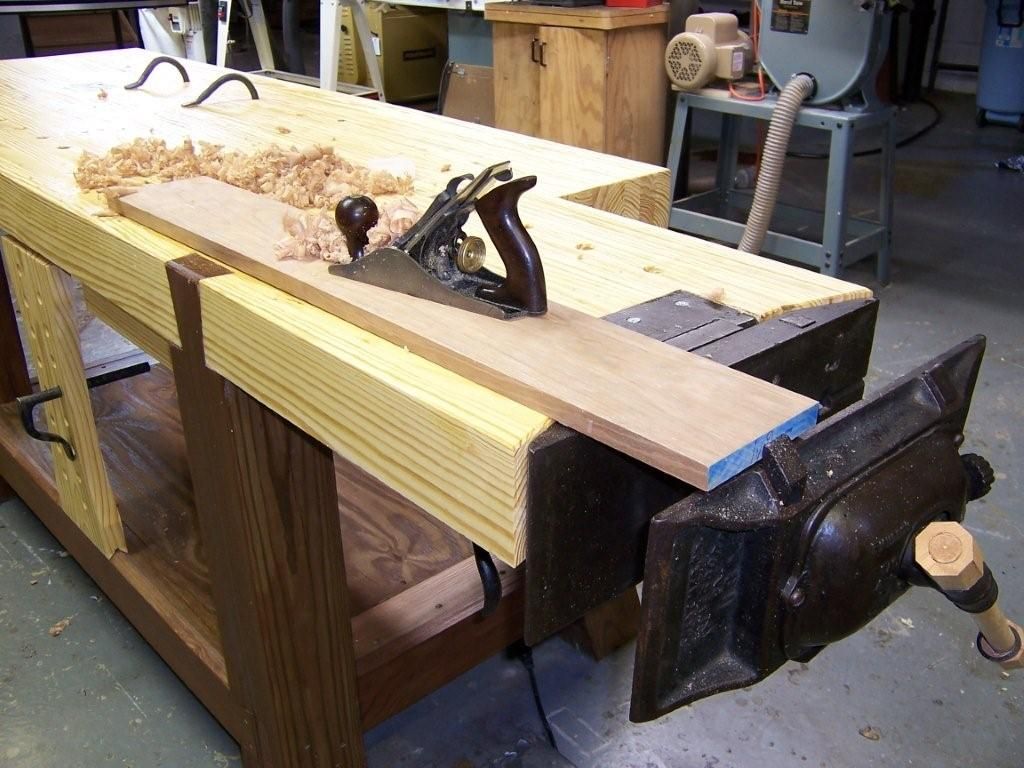
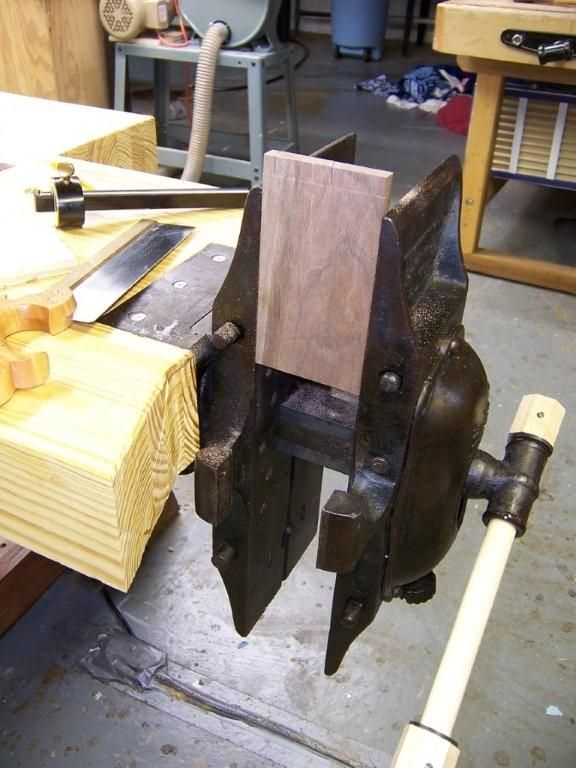
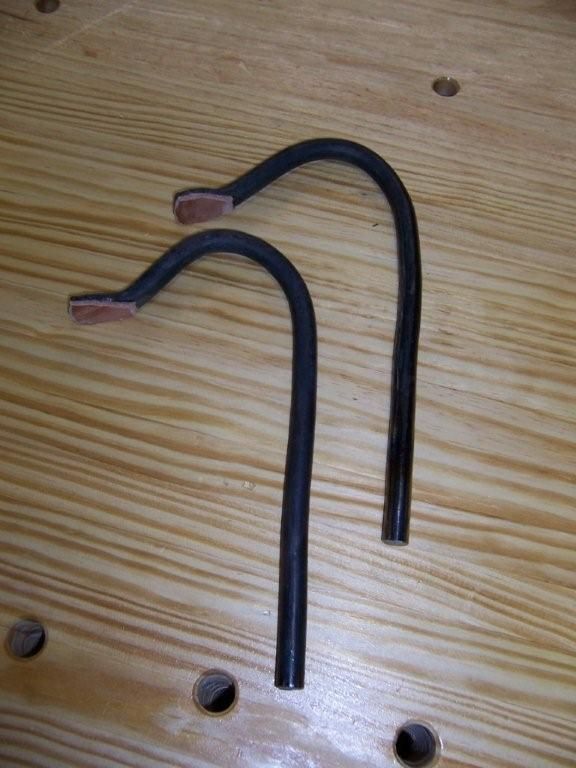
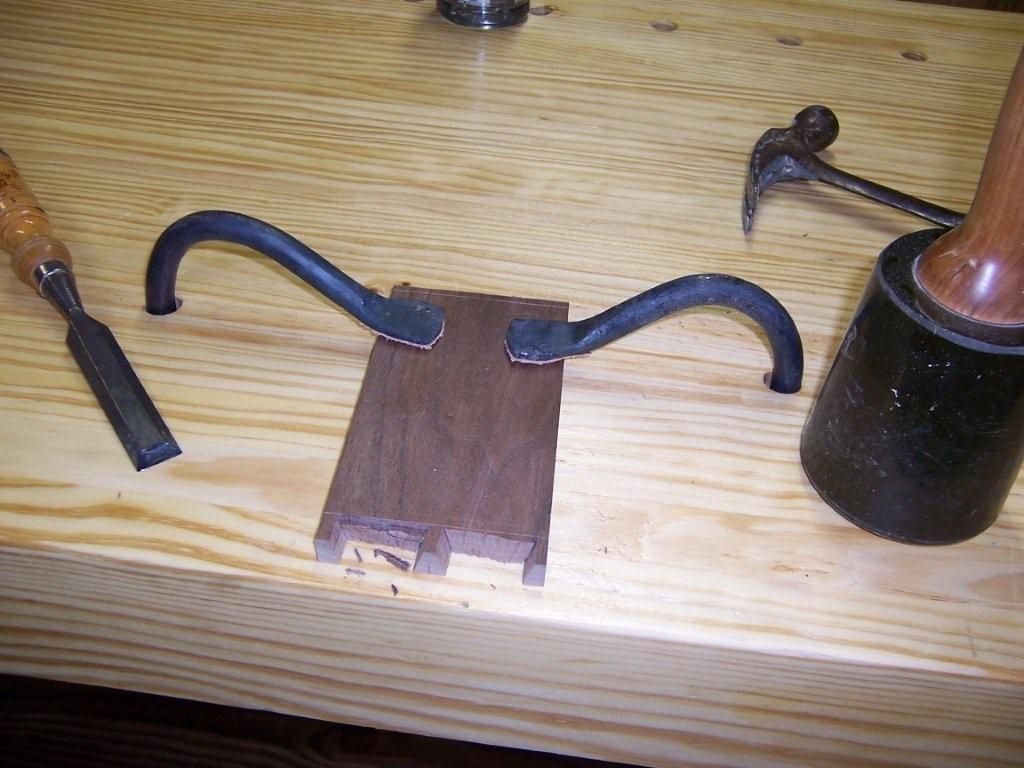
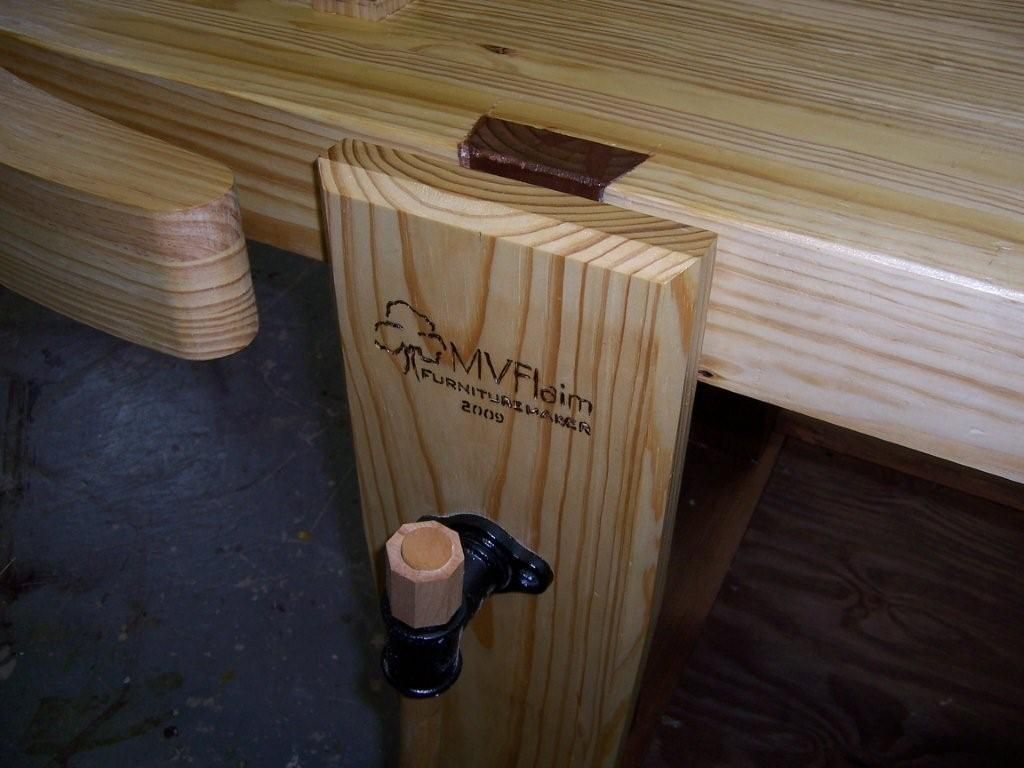
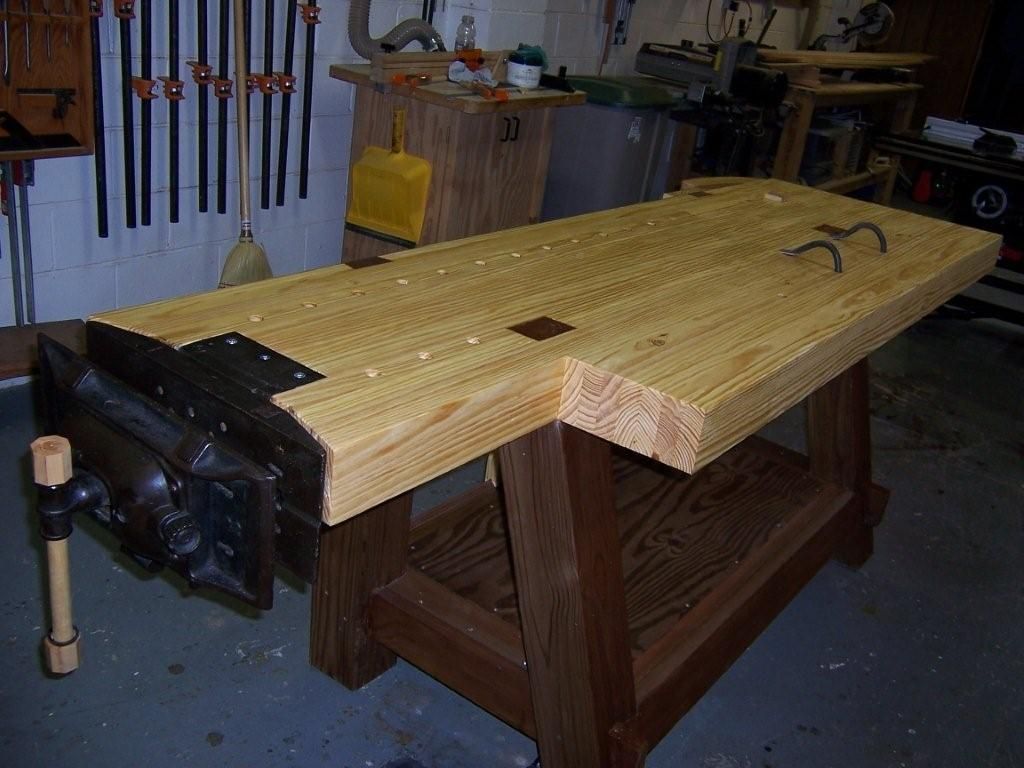

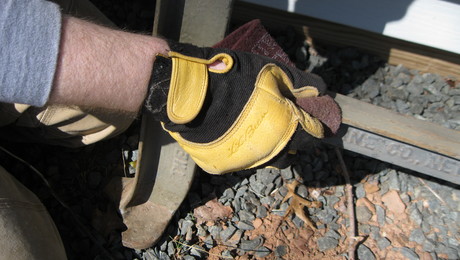
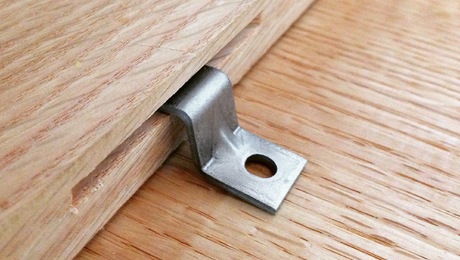
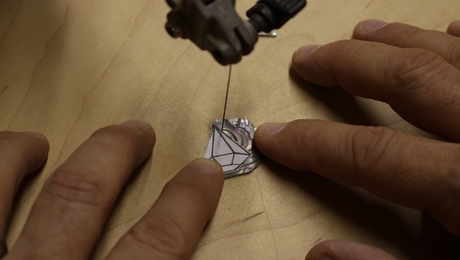

















Comments
Hi Mike,
Nice bench. A Roubo bench like this is my next project. Your contribution here is well appreciated. One question though, when you installed the Emmert on the end grain did you consider an end cap? Seems to me that would eliminate the connection problem, but I may be wrong. I do think you are right about the vise - no one ever complains about too long of a bench, having too many clamps and too big of a vise.
Hi Rhysling,
I did consider putting an end cap on the bench but I wanted the vise jaw to be flush with the bench so I opted for the custom fit. I even considered of drilling holes on the bottom of the bench top where the screws would drive through and insert hardwood dowels so that the screw would bite into the side grain of the dowel. In the end I did neither. Maybe a mistake but when I routed out the top area for the vise plate and laid it into place, the vise sat pretty solidily. Then when I drilled 3" #14 wood screws into the top plate holes for the vise, it became even more solid. The one thing I did do for the end grain screws is when I initially tested fitted the vise, I used 1 1/2" #14 wood screws. Then for final fitting, I switched over to 3" #14 screws so that the screw would have fresh meat and hold better. Only time and use will tell if my vise becomes loose but I'm fairly confident it won't.
Thanks for the compliment,
Mike
Thankyou for your Project.
I am going to work some more on my bench. "Work in progress"
I like what way you put your bench together, very nice. It is one of the better design I have seen.
By the way nice trick with the dove-tail legs:)
Chris
Thanks Chris,
I appreciate that. Good luck with your bench. Let us know how you made out.
Why pine? I think you're going to have some problems across the seasons with movement, especially at those joints. Plus, for me, a really hard, dependably flat work surface is primary.
Love the vise!
Nice job on the workbench.
One of the pictures shows a piece of dovetailed material with iron hold downs.
Do you really chop directly on the bench, or do you have a sacrificial slab underneath the piece being worked on?
I think I would cry real tears should I take chunks out of my bench!
Muy Precioso Meson de trabajo, ya que es notable su estructura solida, ya que a veces los Mesones de trabajos hemos tenido problema de sus base, gracias por tu Idea.
Great Bench, looks like fantastic work. Everyones dream bench, I wish I had your skills!!
Ed
I agree with carlosalberto
Calrosablerto,
Gracias por el cumplido. Espero que el diseño funciona para usted.
Mike
Hi windwoodtrader,
I'll avoid chopping at the bench as much as I can but I know in time the bench will be beaten to death. Over time the top will need to be resurfaced again so any minor dents and chisel marks will be removed when I plane it flat.
Hi Tomkontis,
The idea of using southern yellow pine to construct the bench came from Chris Schwarz's book "Workbenches". He makes a strong argument about the benefits of pine in chapter two. However one of the biggest reasons for me using southern yellow pine was the cost. It only cost me $130 for the lumber to make the bench. Had I made it out of hard maple or ash it probably would have cost over $1000. Unfortunately I don't have that kind of cash lying around.
Thanks Mike
Hello
splendid workbench unquestionably, sincere congratulations on a job accomplished with virtuosity.
By
ps: sorry for my english i'm french :)
Great job on your bench, I like the idea of the hard pine and for the same reason.....money! I too need to build a real work bench and appreiate your sharing your work for us to see.
Thanks,
Tim
First, Great bench. Second, since its been a few years since this was posted i was wondering how often you used the leg vise and how well its working for you? Also curious about the pegged support at the bottom. I was thinking of making one that locked in place with a wedge that can be set with my foot. kick one side to set, the other to release.
who has the best plans for building a roubo bench?
Log in or create an account to post a comment.
Sign up Log in